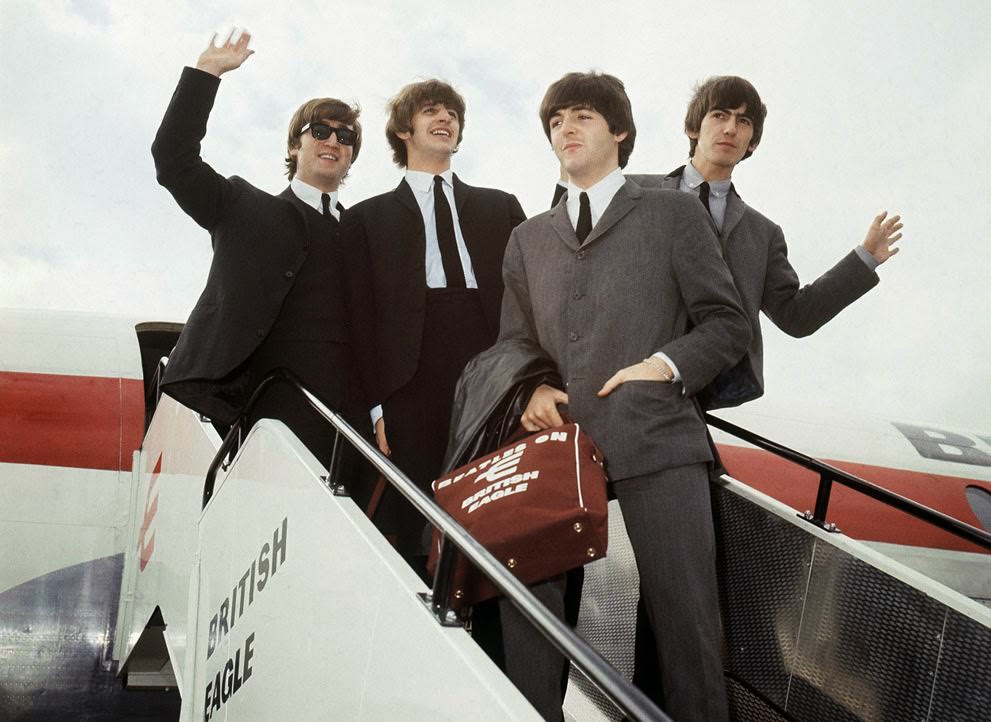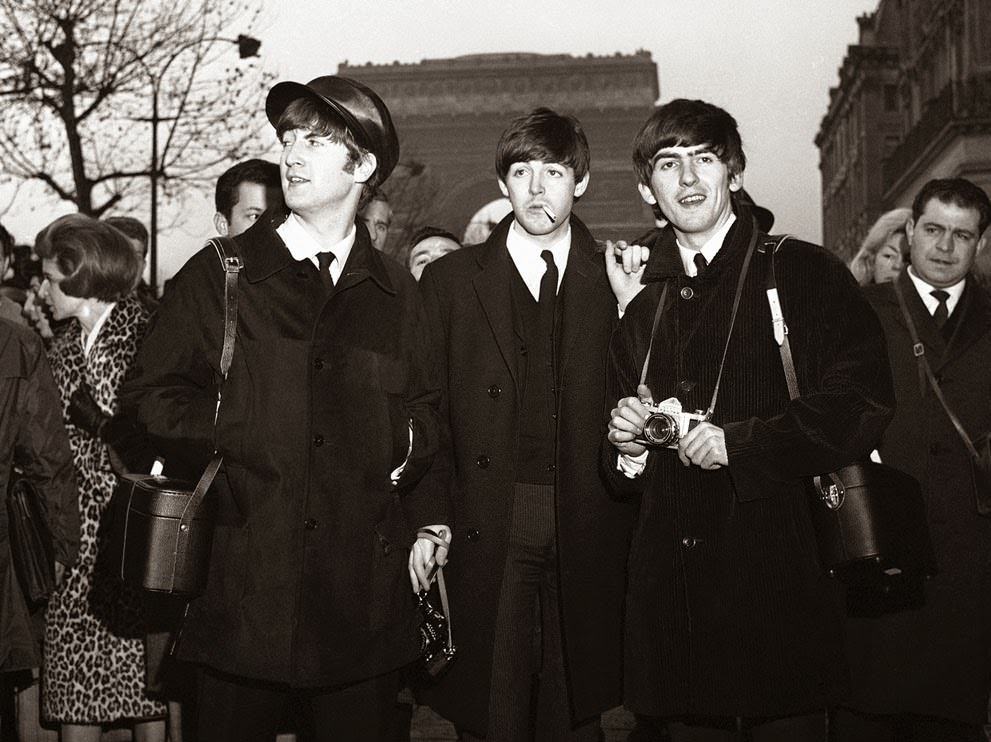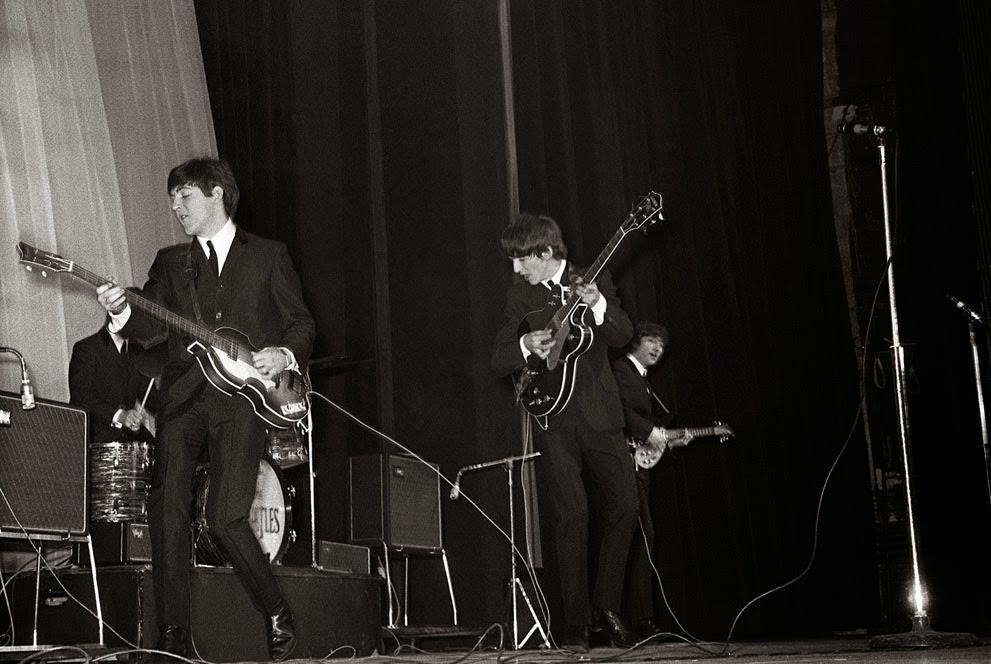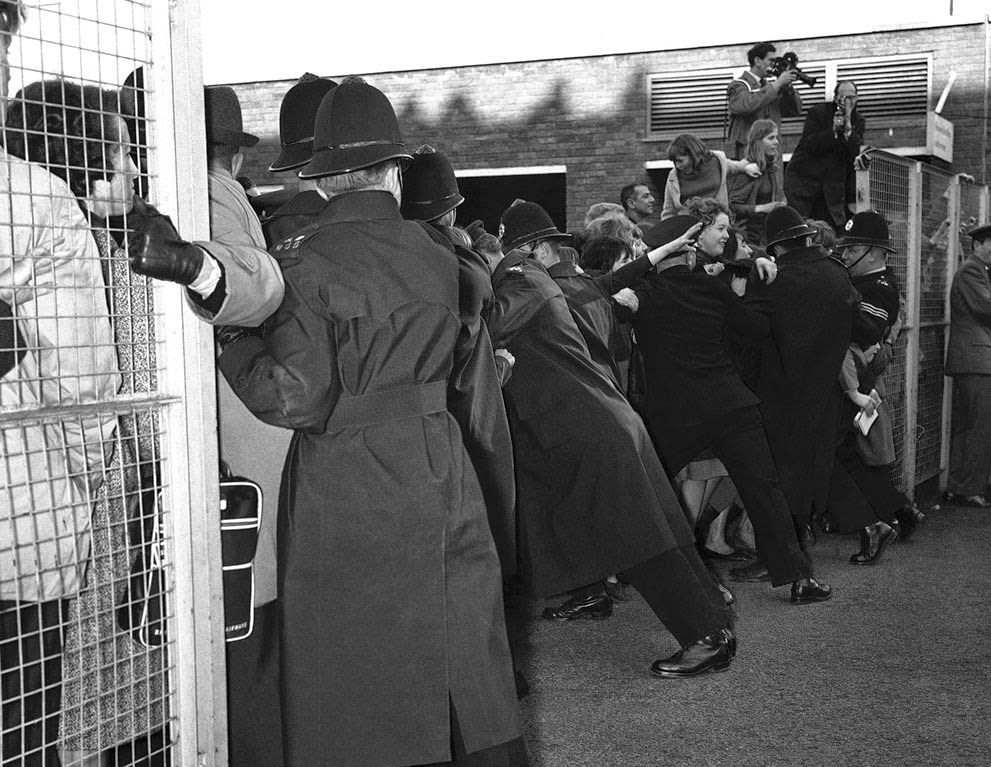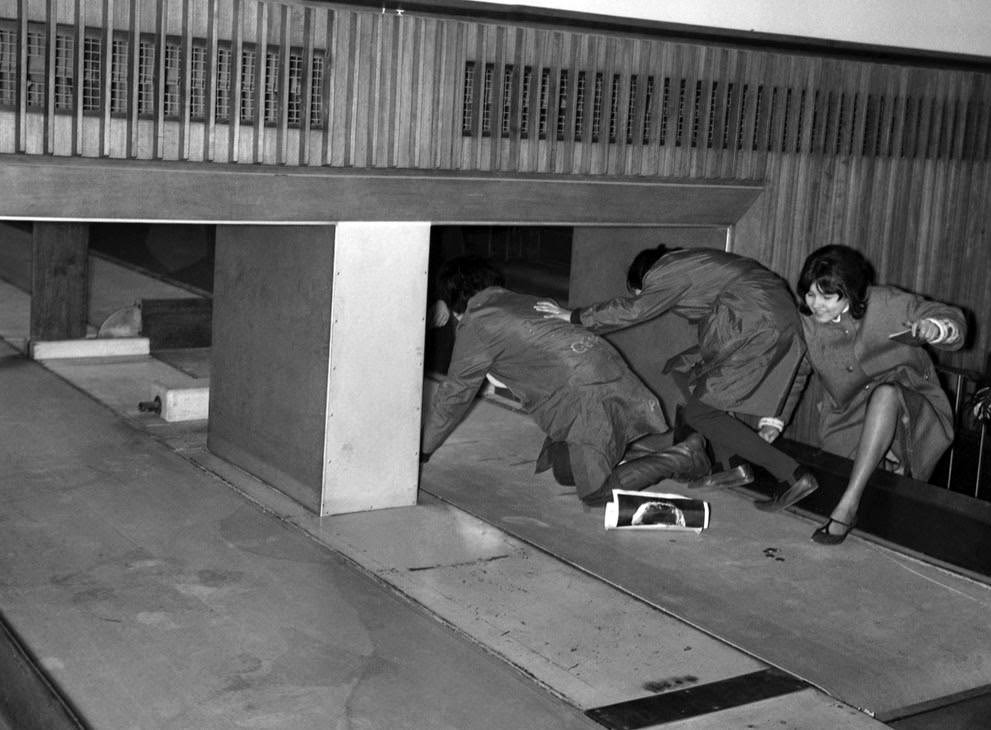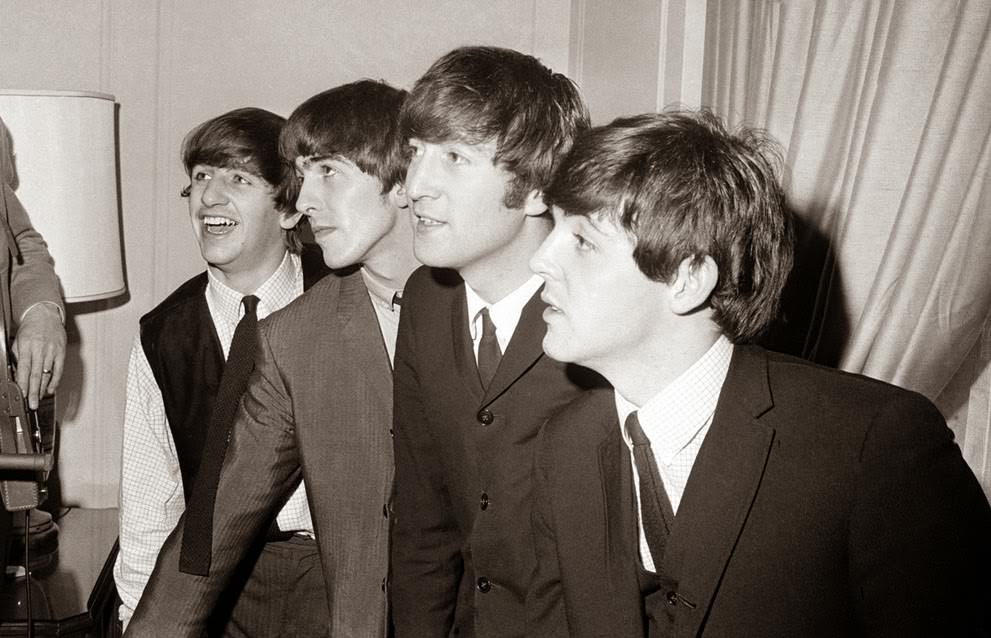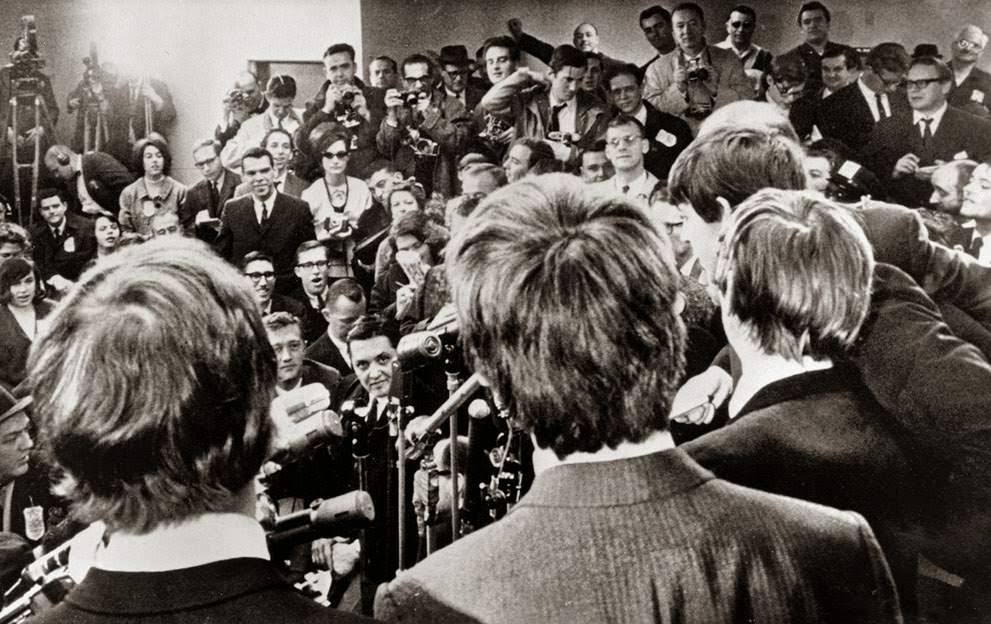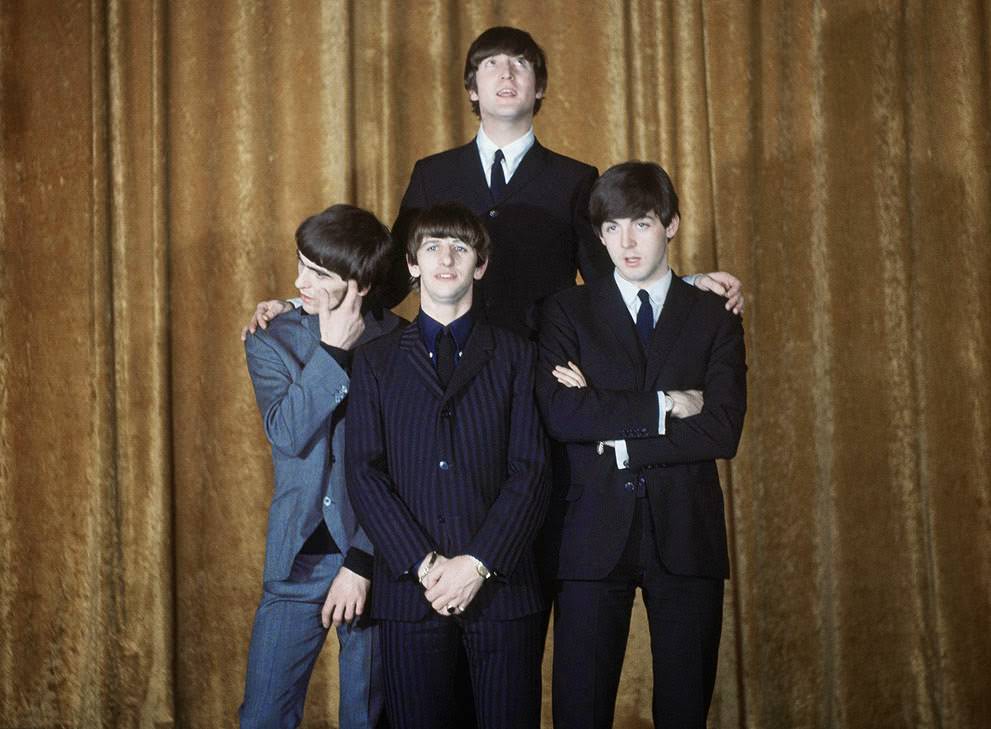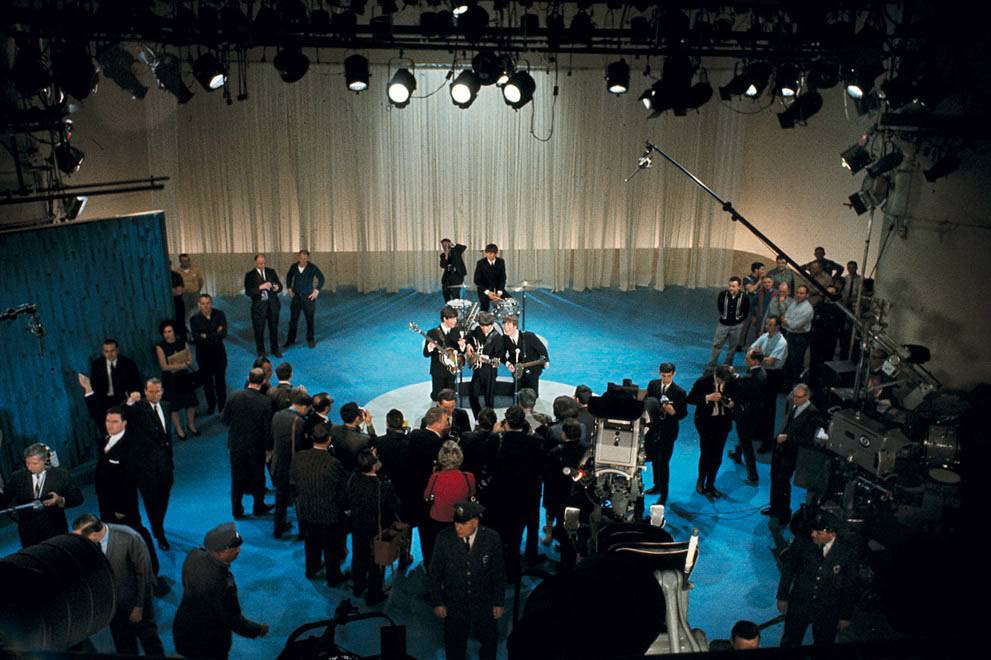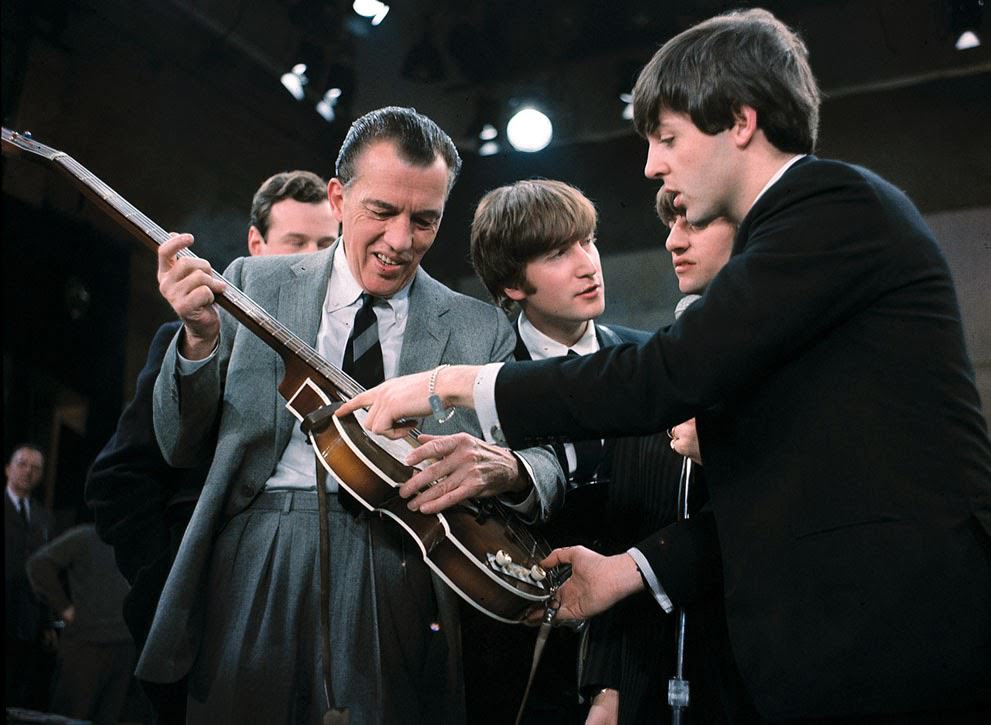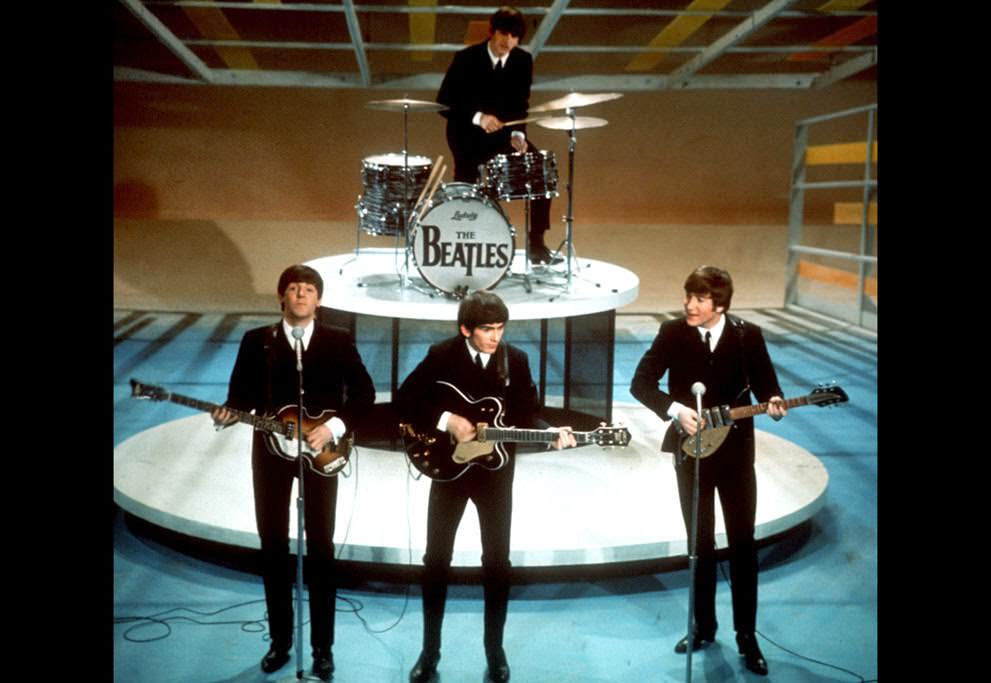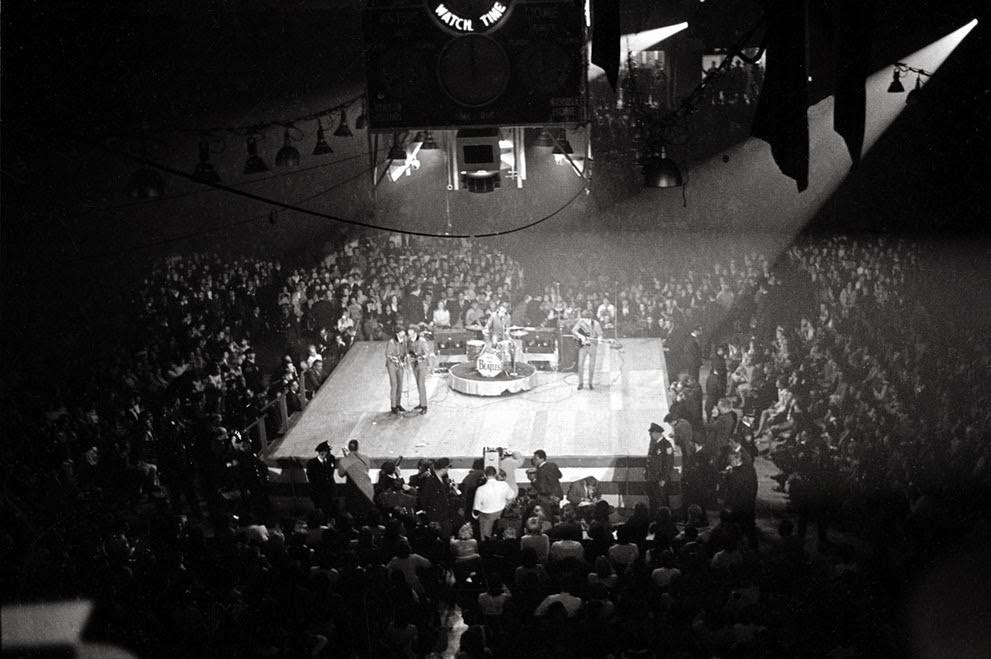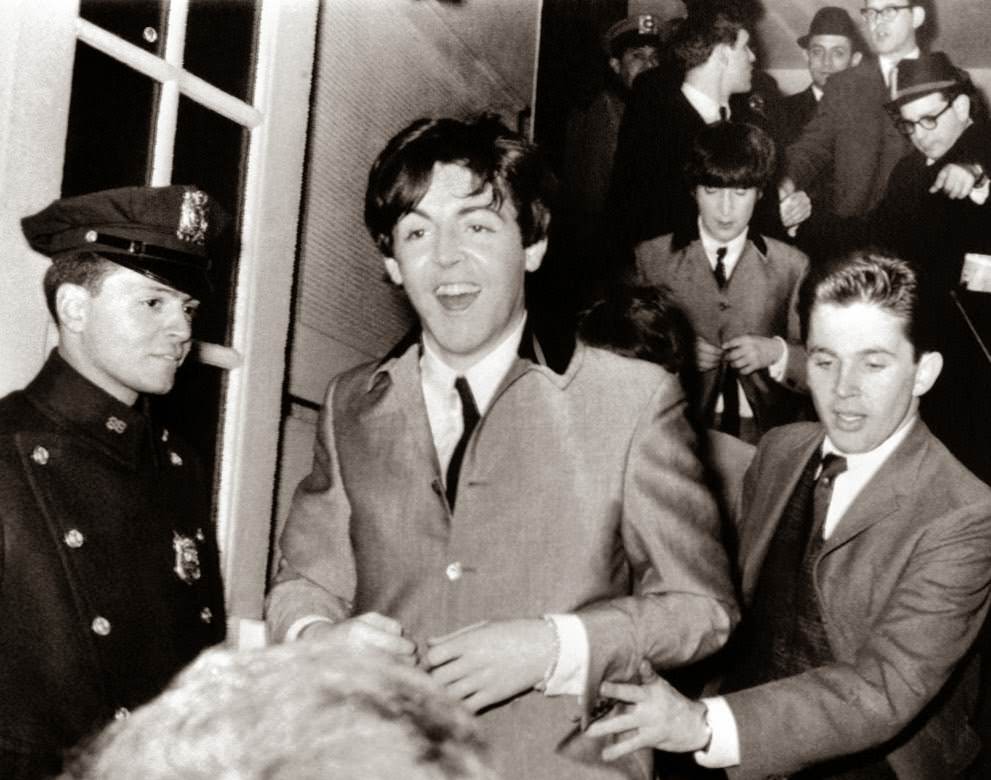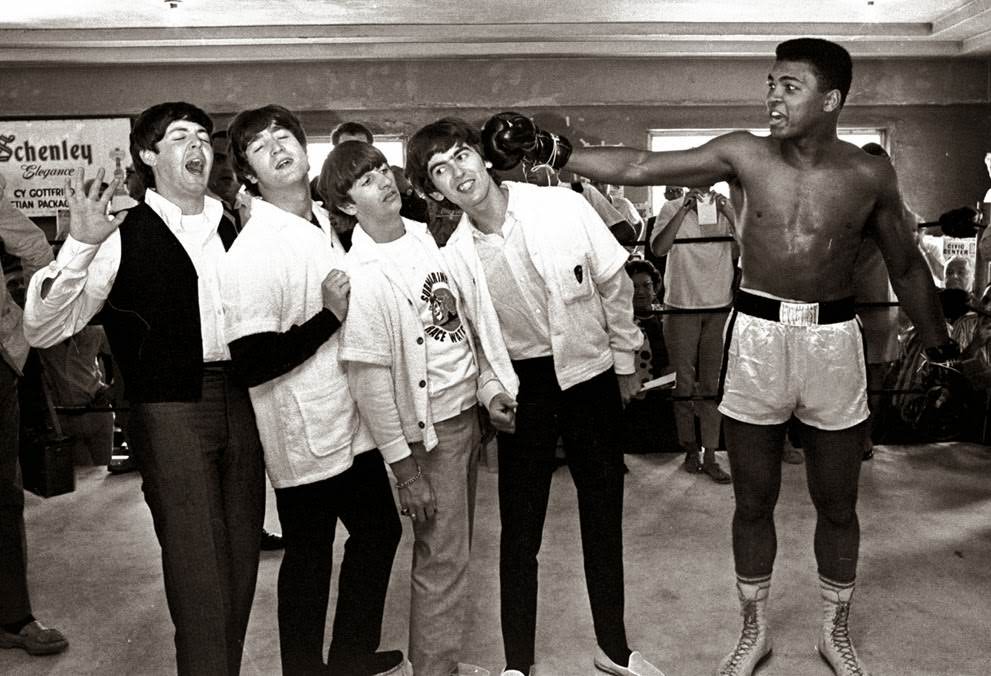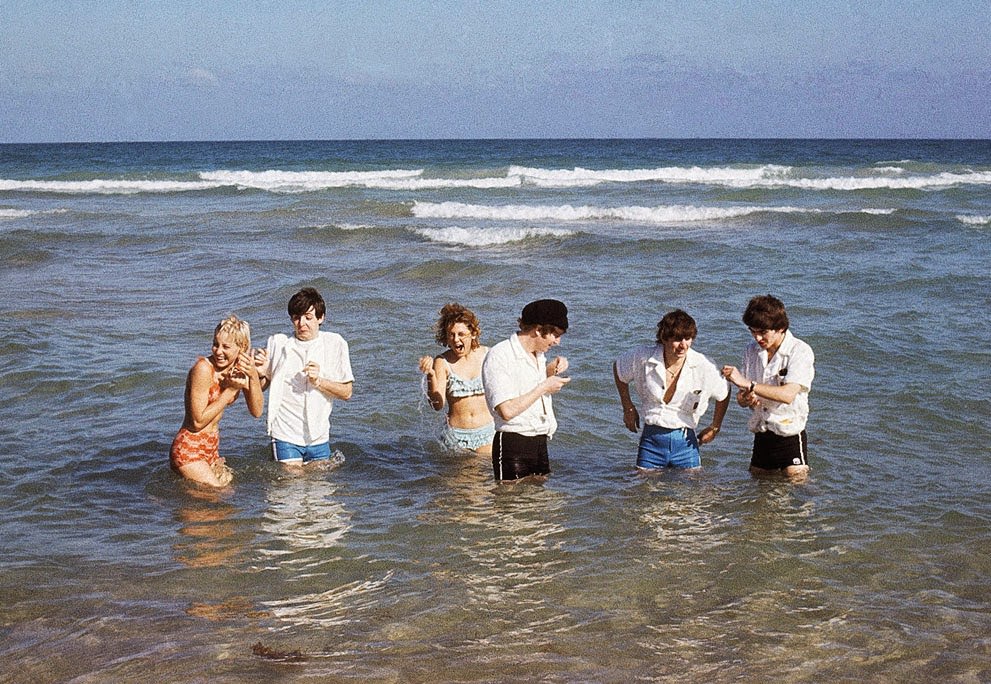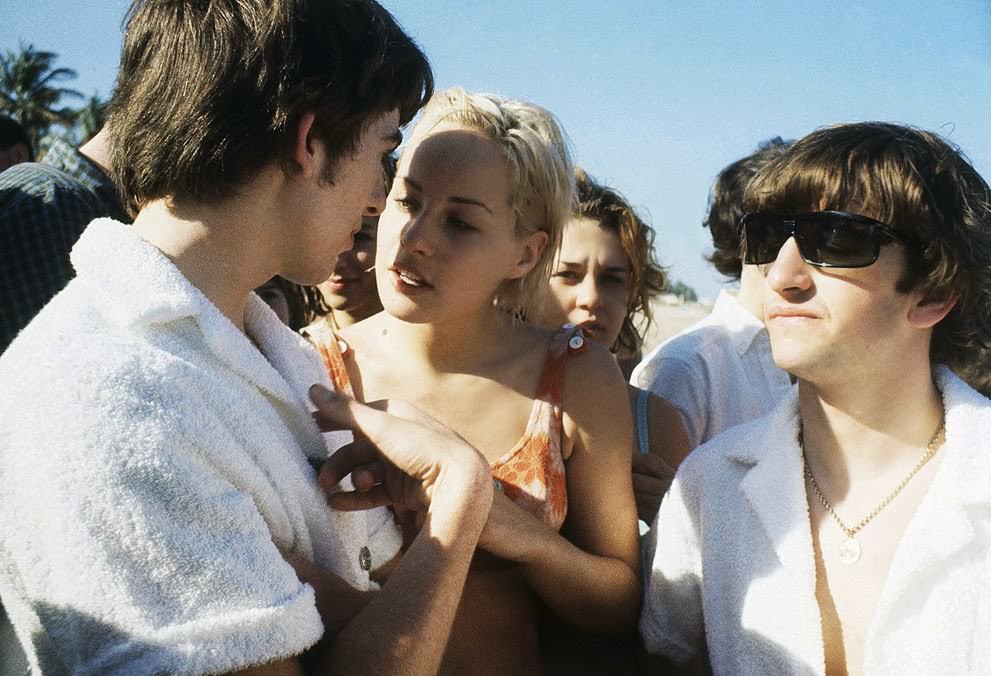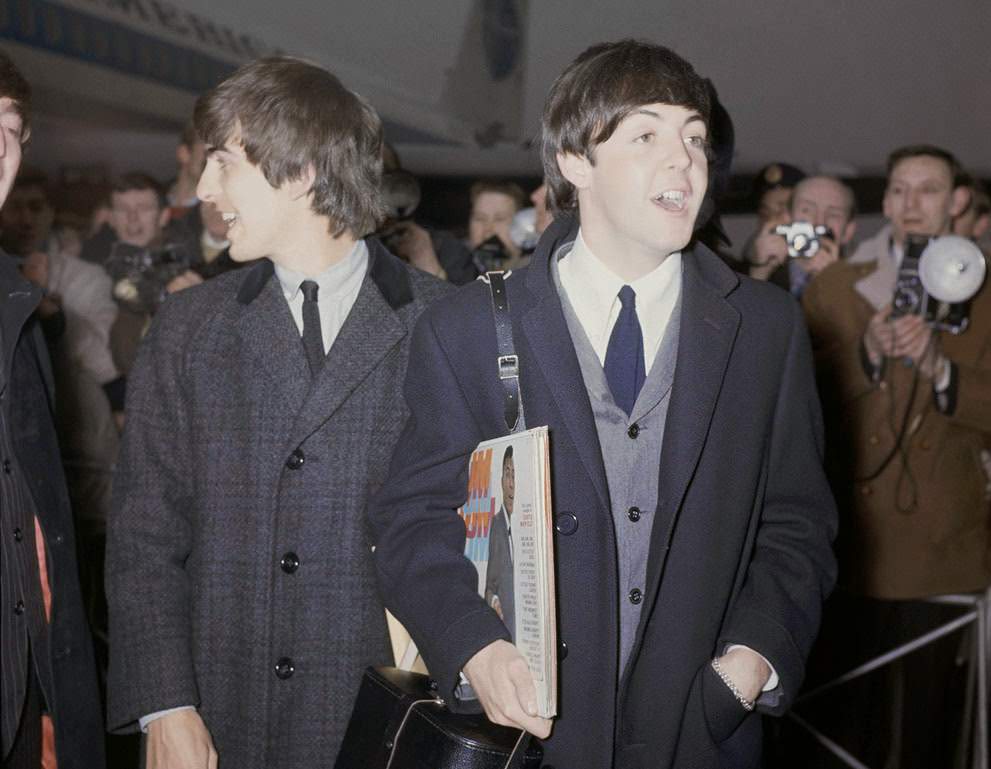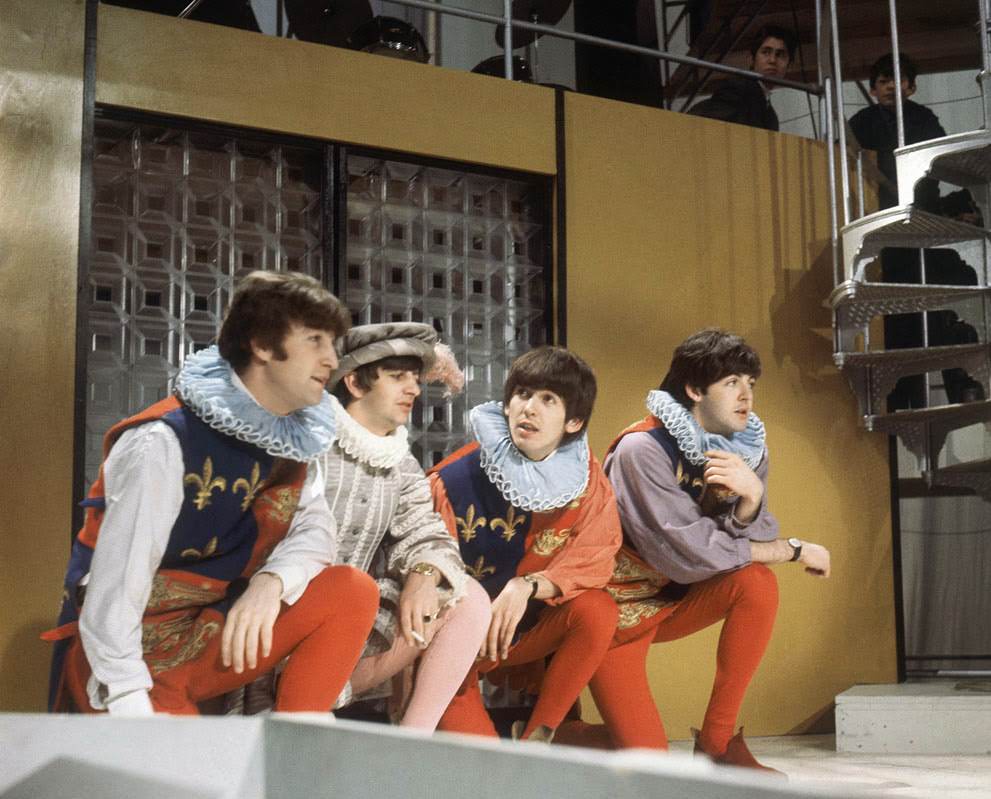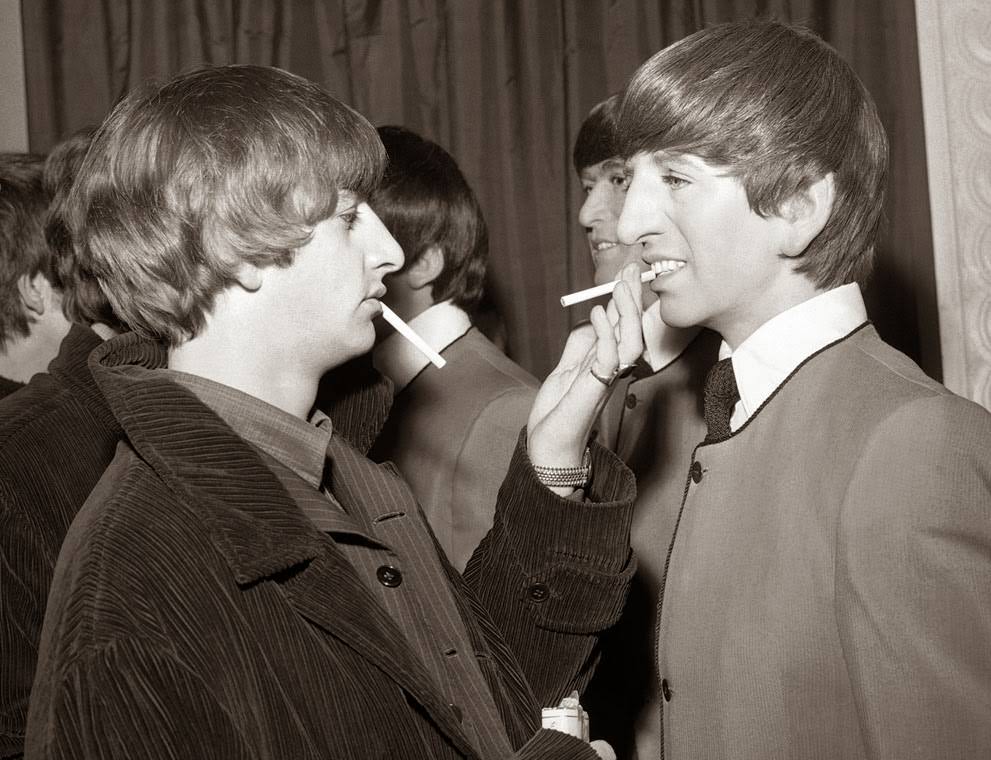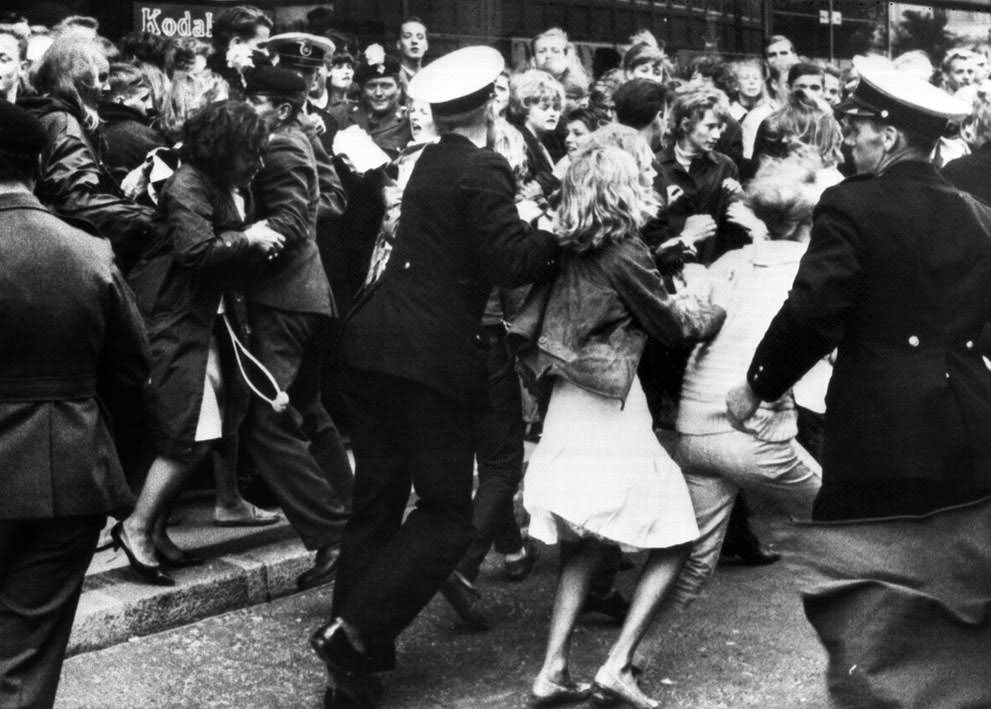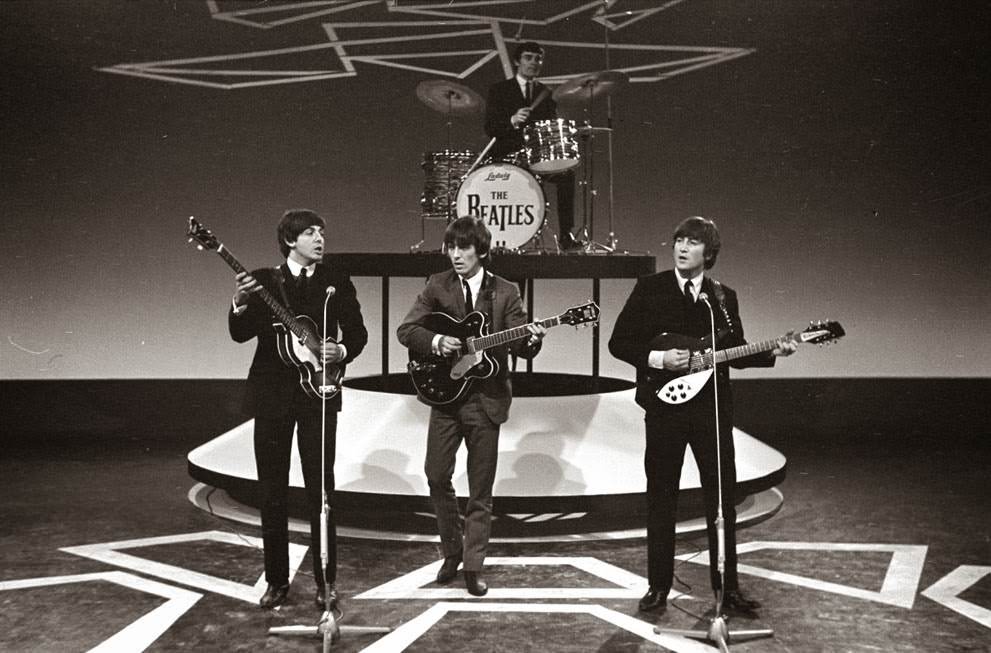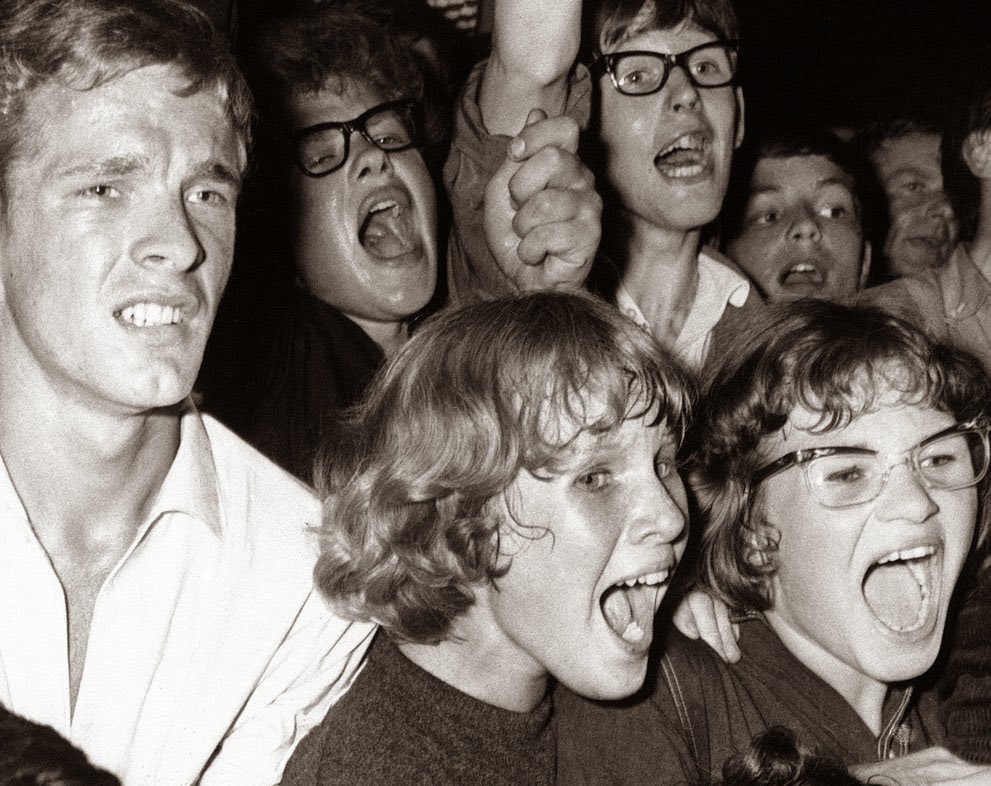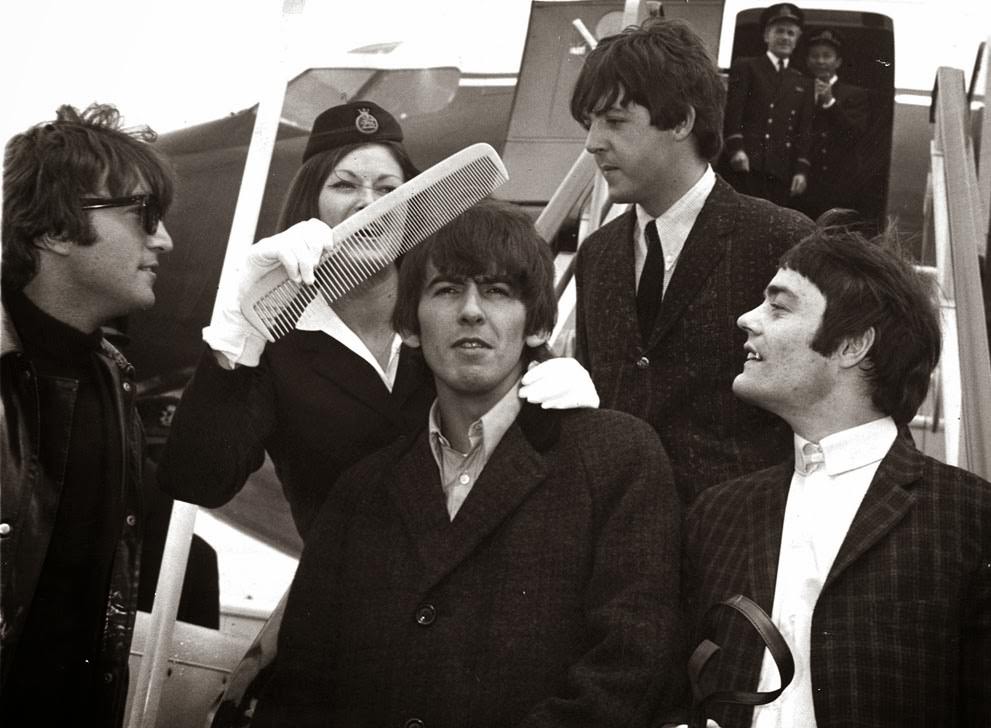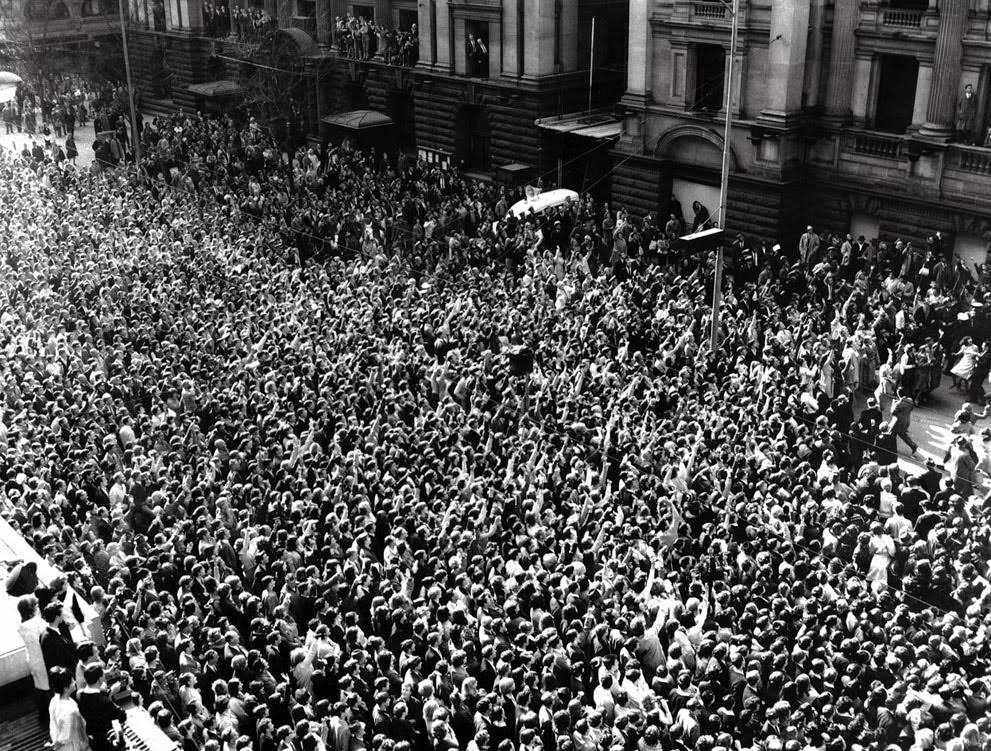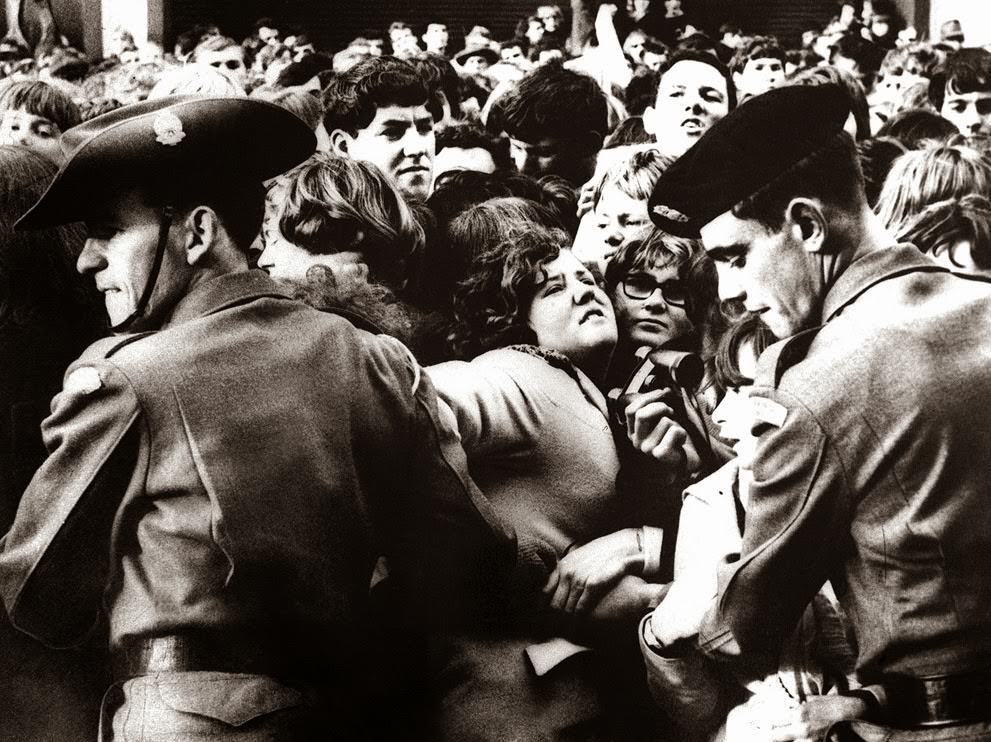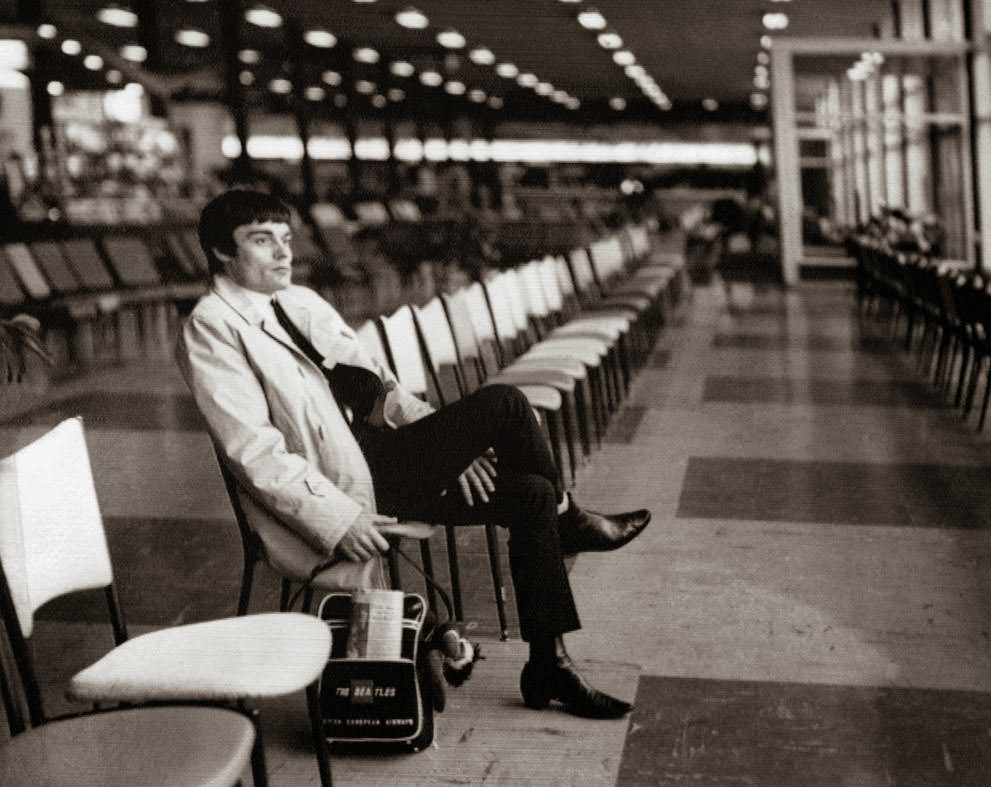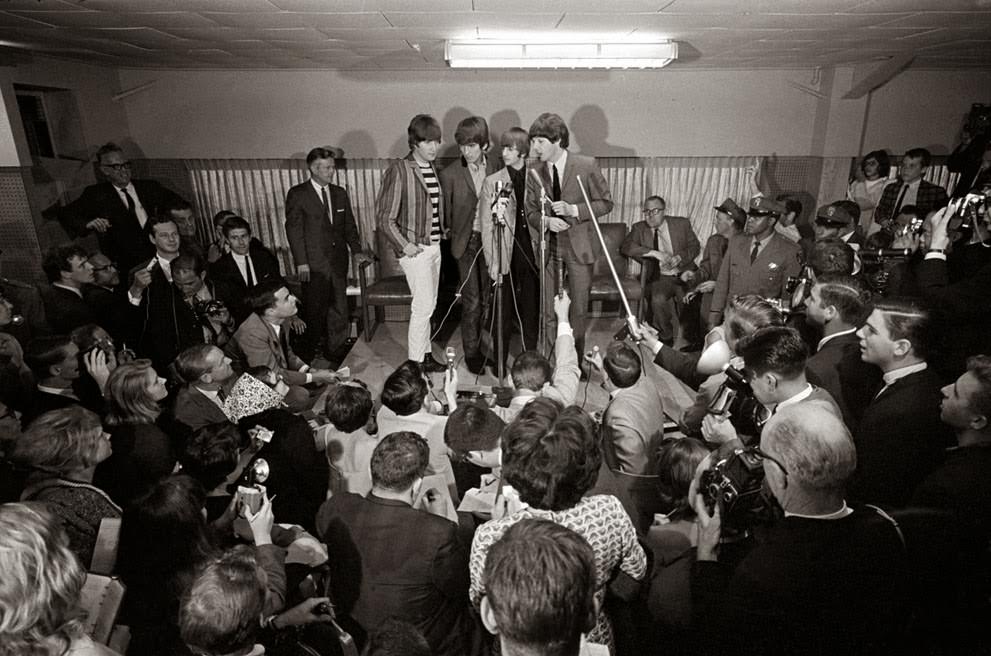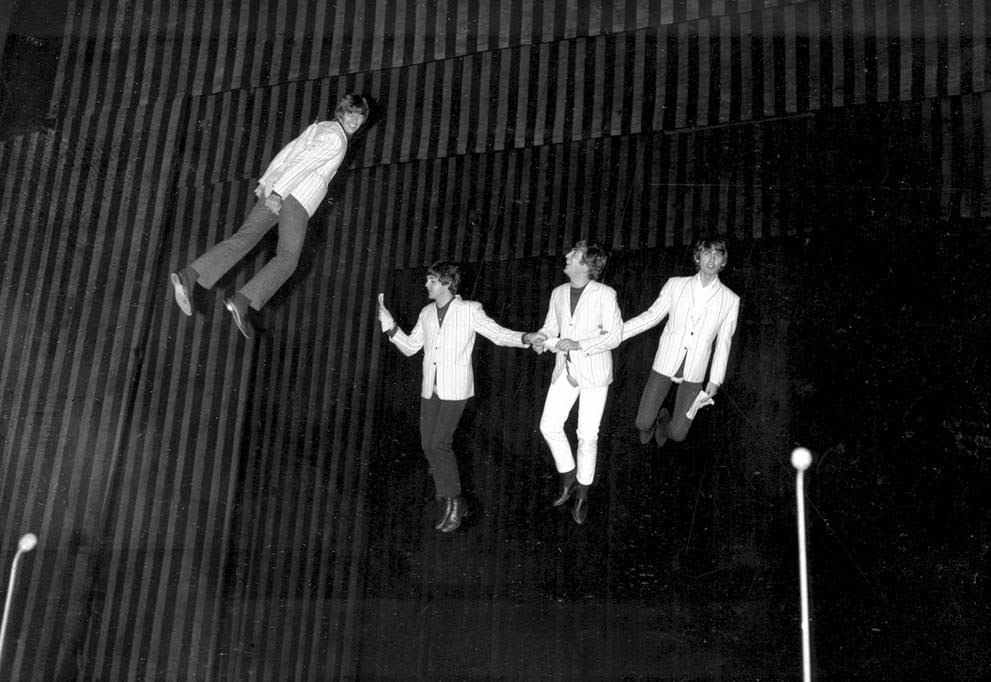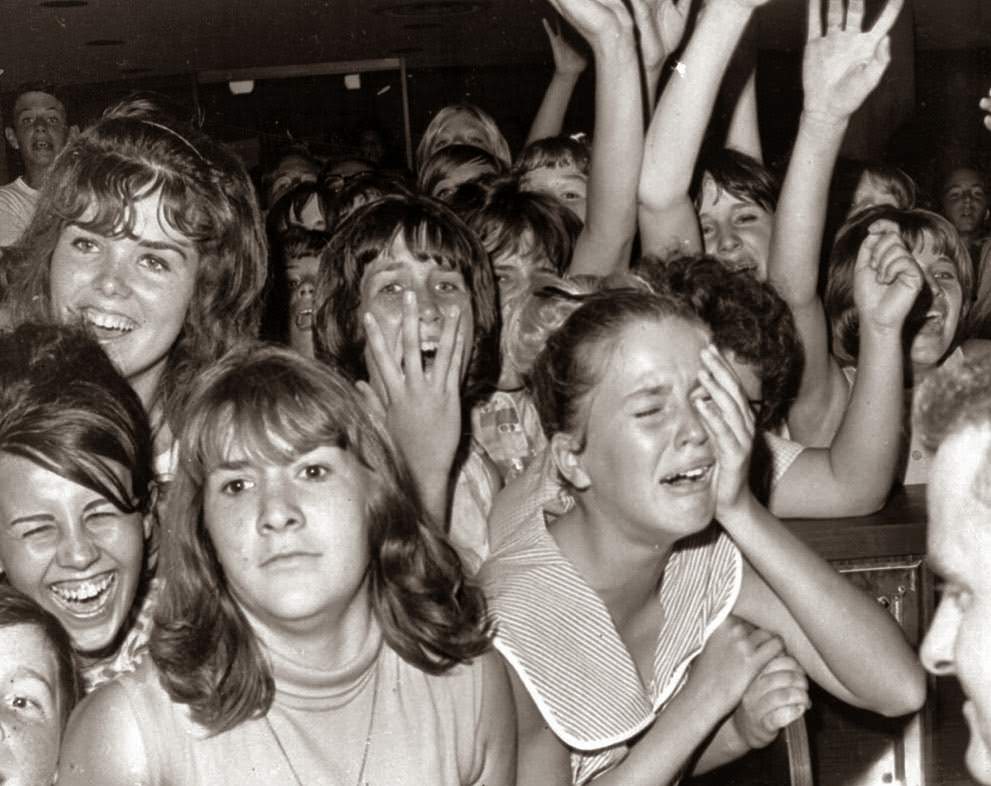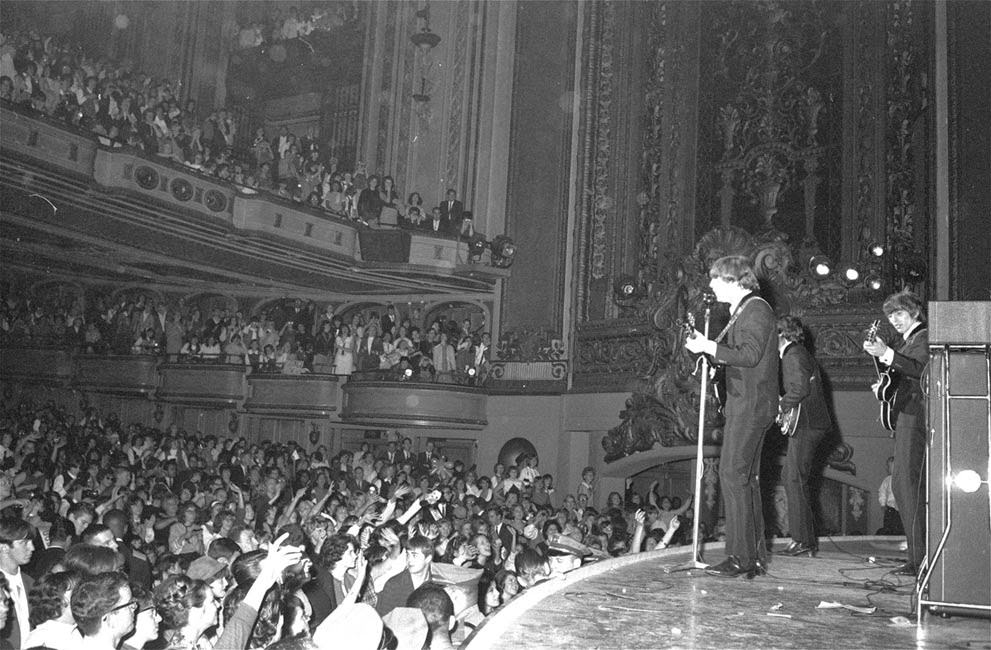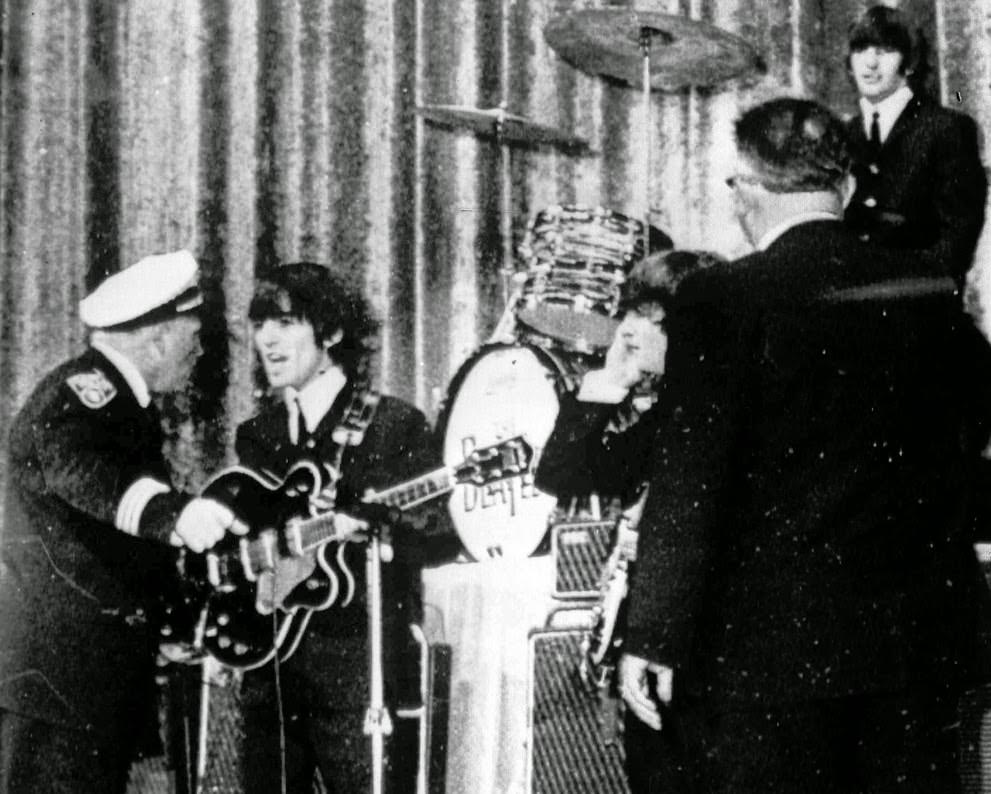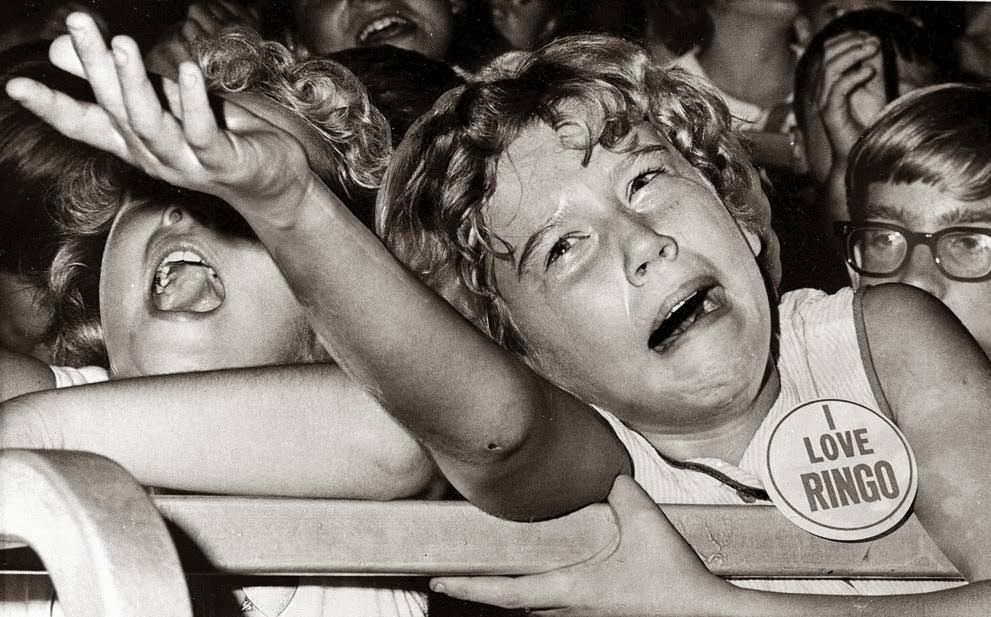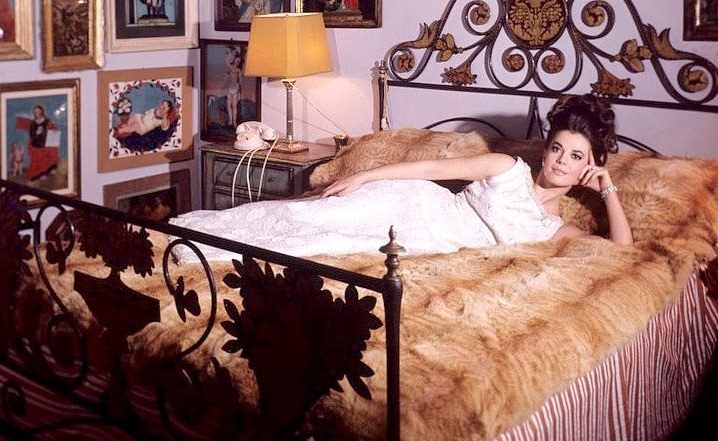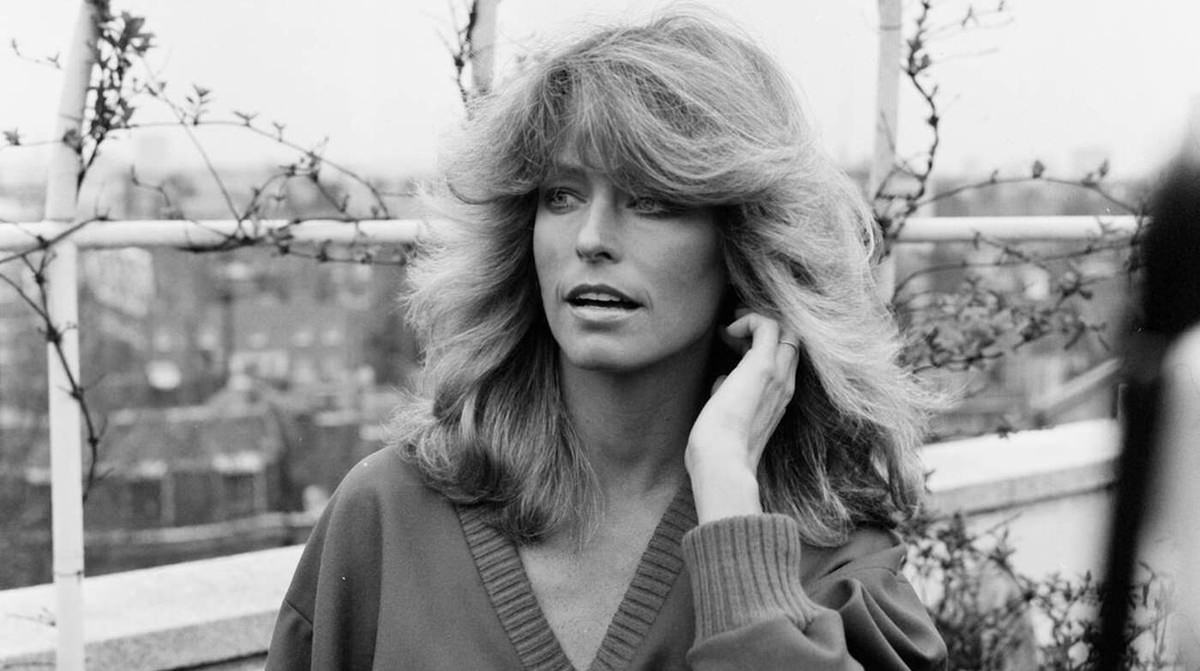At the dawn of 1964, The Beatles were kings of the United Kingdom. Their first two albums, Please Please Me and With the Beatles, had cemented their status, and their songs were a permanent fixture at the top of the British charts. Across the Atlantic, however, America was a different story. The band was a whisper, a blip on the radar, known only to a few who had caught their songs on the radio. That was all about to change with a speed and intensity that no one could have predicted. A powerful marketing campaign was brewing, and radio DJs began spinning their records, introducing a sound that was completely new and exciting to American teenagers.
The invasion officially began on February 7, 1964. When Pan Am Flight 101 touched down at New York’s newly renamed John F. Kennedy Airport, an estimated 4,000 screaming fans were waiting. The police were caught off guard by the sheer size and volume of the crowd. The four young men from Liverpool—John Lennon, Paul McCartney, George Harrison, and Ringo Starr—stepped off the plane into a storm of shrieking chaos. At their first US press conference, they faced a room of skeptical reporters who asked questions about their hair and the temporary nature of rock and roll. The band disarmed them with quick wit and charm, setting the stage for the charm offensive that would conquer the nation.
Read more
Two days later, on Sunday, February 9, The Beatles made their live American television debut on The Ed Sullivan Show. The event was a national phenomenon. A staggering 73 million people tuned in, which accounted for 34 percent of the entire American population. For that hour, the country stood still. The band launched into “All My Loving,” and the sound of the studio audience’s screams became a fifth instrument. As they played “Till There Was You,” the camera focused on each member, and a now-famous caption appeared under John Lennon’s name: “SORRY GIRLS, HE’S MARRIED.” They finished their first set with “She Loves You” and returned later in the show to play “I Saw Her Standing There” and “I Want to Hold Your Hand.” The performance was raw, energetic, and utterly captivating.
With America now fully aware of them, they played their first-ever US concert on February 11 at the Washington Coliseum in Washington, D.C. The scene was pure pandemonium. Fans pelted the stage with jelly beans after George Harrison mentioned in an interview that he liked them. The stage was set up in the middle of the arena, and the band had to stop between songs to turn their equipment and face a different section of the screaming crowd. The next day, they played two shows at New York’s prestigious Carnegie Hall, where the frenzy was just as intense, marking a stark contrast with the venue’s classical reputation.
After conquering America’s East Coast, the band returned to the UK before embarking on a world tour that confirmed Beatlemania was a global event. In June, they traveled through Denmark, the Netherlands, Hong Kong, and Australia. The reception in Adelaide, Australia, was particularly massive, with an estimated 300,000 people lining the streets just to get a glimpse of them.
That summer, Beatlemania jumped from the concert stage to the cinema screen. In July, their first feature film, A Hard Day’s Night, premiered. The black-and-white movie was a massive success. It cleverly captured a fictionalized day in the life of the band, showcasing their natural humor and the constant chaos that surrounded them. The film was accompanied by a new album of the same name, which featured a fresh batch of hit songs written entirely by the Lennon-McCartney partnership.
The film’s success set the stage for their triumphant return to North America in August for their first full-scale tour. This was an unprecedented undertaking, consisting of 32 concerts in 26 venues across the United States and Canada in just over a month. They played in massive stadiums like the Hollywood Bowl in Los Angeles and the Red Rocks Amphitheatre in Colorado. The scale of the tour was immense, and the logistics were a nightmare. The band was often confined to their hotel rooms, virtual prisoners of their own fame, unable to step outside without being mobbed. The sound at these stadium shows was a defining feature of the tour; the roar of the crowd was so constant and deafening that the band members themselves could barely hear the music they were playing.

